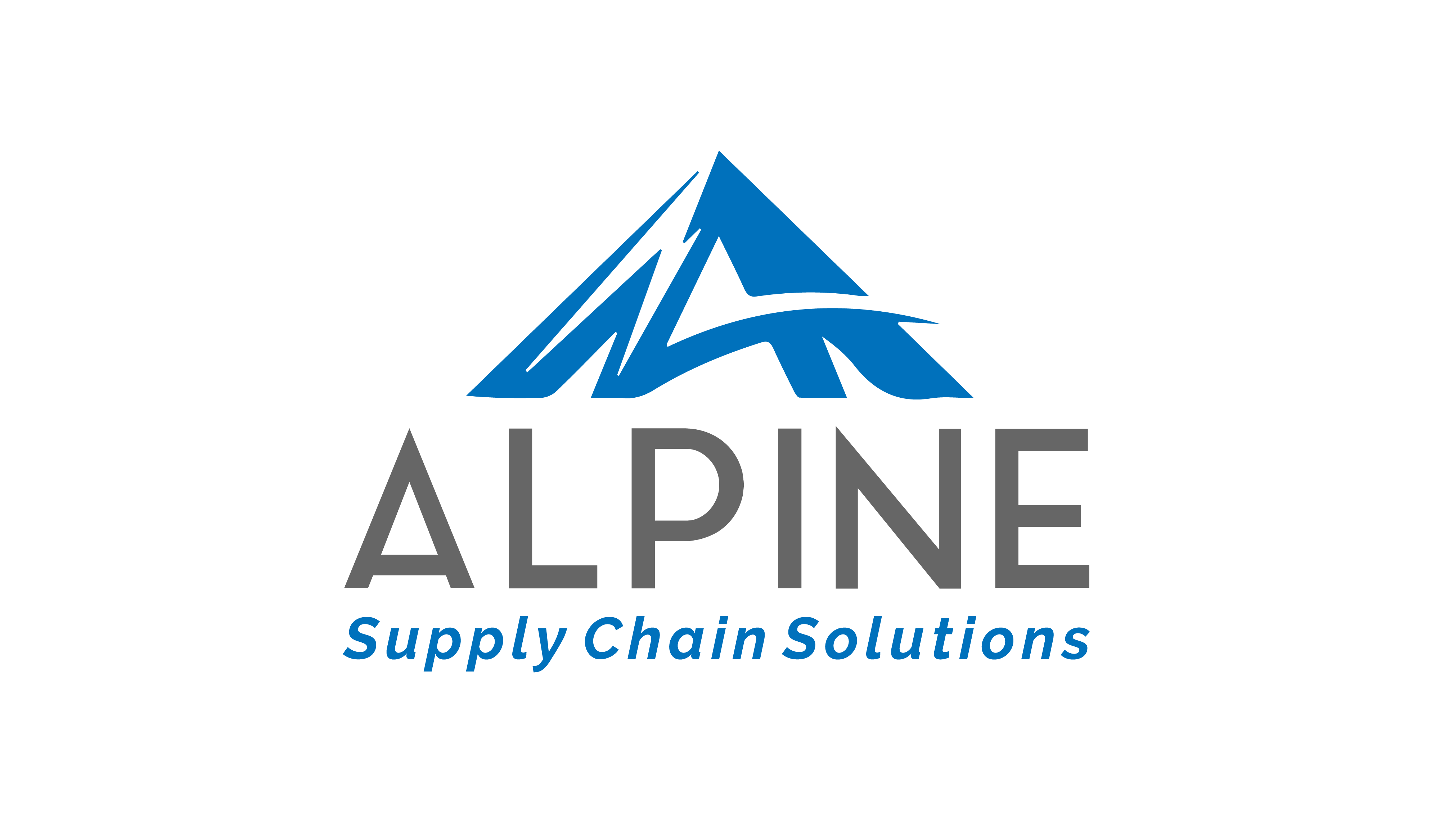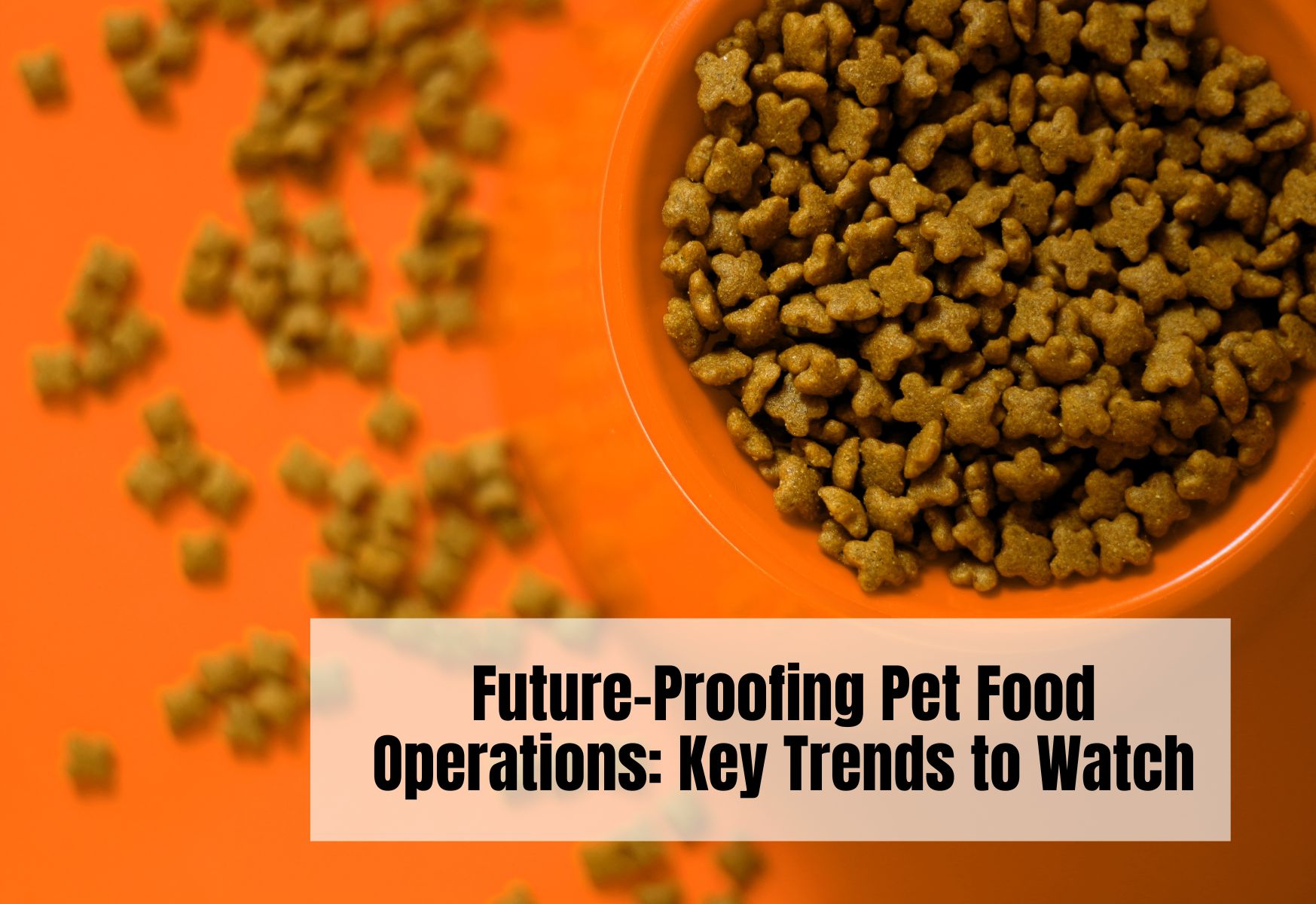We’re all keenly aware of the impact the COVID-19 pandemic had on supply chains worldwide, and within the pet food industry, the surge in pet ownership alone led to a variety of changes in how products are distributed. We’ve learned valuable lessons over the last three years, and we know now that awareness of some key trends can help pet players future-proof their operations so they’re better prepared down the line. Alpine’s insight on the matter was recently published in PETS International magazine, which you can read here, or see below for a summary.
Plan for growth
Fortune Business Insights predicts that mass merchandisers of pet food will remain dominant in the market. This is largely due to consumer preference for buying products from large retail stores that offer a wider variety in terms of brand and price. Growth is also predicted to occur in specialty pet food retail stores, as consumers with higher incomes are opting for organic food products more and more. Online sales of pet food are also expected to continue climbing, adding to overall growth in the industry.
Watch for acquisitions
Today, 60% of the global pet food market share is owned by five major players that are continually working to gain market dominance. To compete, some are responding with acquisitions of their own. For example, Pet Foods Experts went from running a single retail shop to servicing over 6,500 independent pet retailers, largely by acquisition.
Analyze SKU data
Picking for a traditional order profile versus an e-commerce order profile is much simpler. As our Managing Principal, Michael Wohlwend says, “Traditional order profiles have more items and the quantity of each item is higher, which allows for easier picking. In contrast, e-commerce order profiles average 1.8 items per order, which requires significantly different, more complex picking strategies.” This means pet food distributors that want to adapt must look at their entire facility layout and audit their space, flow, and usage.
Keep it fresh
The size of the US fresh pet food market is expected to grow at a yearly rate of 23.7%, meaning the pet food providers that want to remain competitive will have to make changes to how they handle refrigerated products. While using chest freezers and reefers may be an option, there comes a tipping point where adding a permanent freezer to a distribution makes more sense.
Embrace technology
The labor market continues to shrink and shipping volumes continue to grow. So, how can pet food shippers and other distributors alike stay ahead of the curve? Automation! The best feature of automation today is that it’s not meant to replace workers, but rather, to assist the ones you already have to do better work. Automated material handling can help minimize wasted time by conveyance systems, co-bots, or automated guided vehicles (AGVs) to bring items to employees, reducing travel time.
For more details on how Alpine Supply Chain Solutions helped Pet Food Experts meet growing demand, visit PETS International Magazine. If you’re looking for optimal solutions that drive maximum value to get the most out of your supply chain, Alpine Supply Chain Solutions can help. Reach out today!


